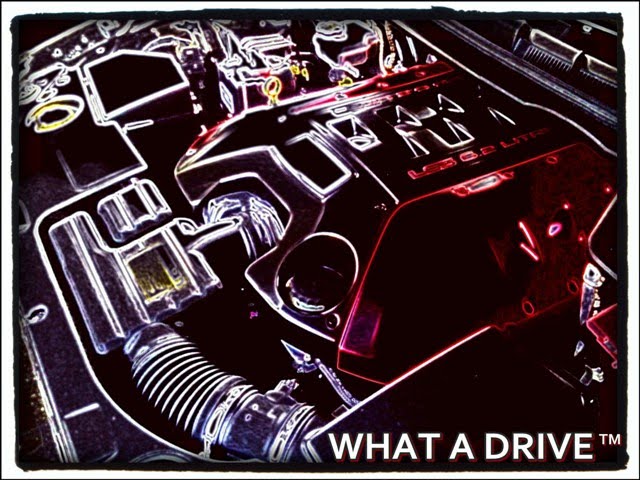Chery Tiggo Cross launched in Malaysia with Two variants - 1.5 Turbo and
1.5 CSH Hybrid and prices start at an affordable RM88,800 onwards
-
Chery Malaysia has launched the 2025 Chery TIGGO CROSS compact crossover
SUV yesterday evening. It combines modern design, practical space and with
advance...
4 days ago




























